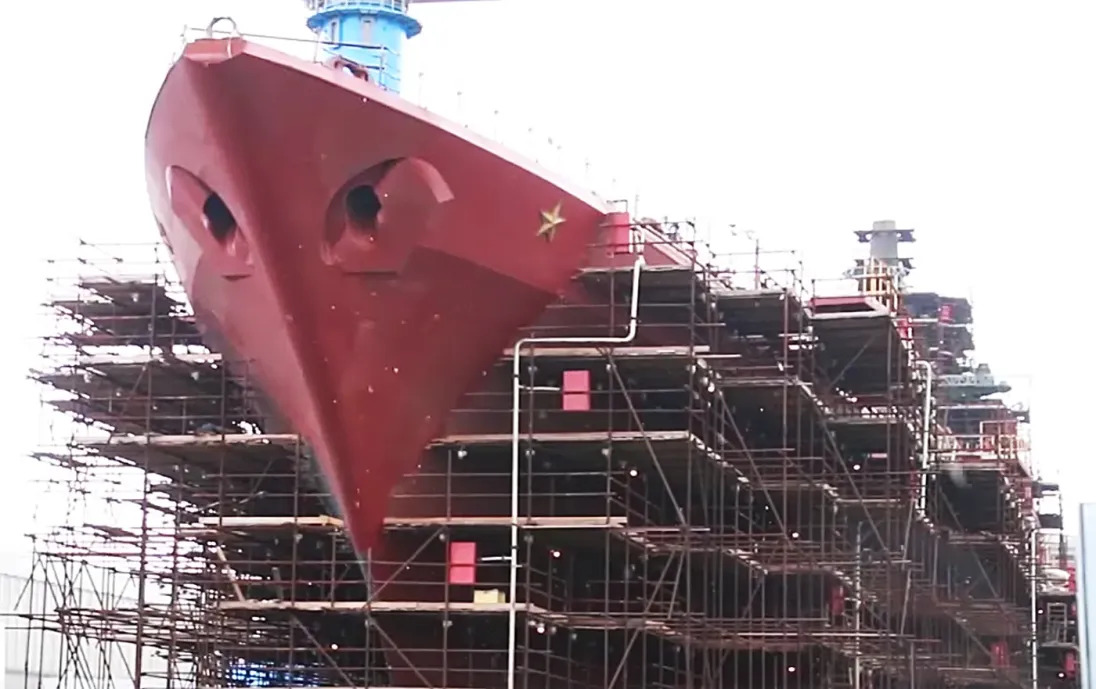Russia’s Largest Warship, Nuclear Cruiser Admiral Nakhimov, Set To Boost
Russia's Admiral Nakhimov Set for Service

Weeks after Russia activated the second nuclear reactor on its Kirov-class battlecruiser, Admiral Nakhimov, state media reports that the warship is being outfitted with advanced weaponry and is poised to return to service. This information was disclosed by RIA Novosti, citing Nikolai Patrushev, Assistant to the President of Russia and Chairman of the Maritime Board of the Russian Federation. Patrushev confirmed that the reactors were restarted recently and stated that the Admiral Nakhimov will soon serve alongside its sister ship, Peter the Great. This announcement comes as Russia commemorates the legacy of Admiral Sergei Gorshkov, a key figure in Soviet naval doctrine.
Modernization of Admiral Nakhimov
The Admiral Nakhimov, launched in 1986, is part of the Project 11442 class of warships, known as the Kirov class by NATO. It is the largest surface combatant in the Russian Navy, with a displacement of over 25,000 tons. The ship is powered by a nuclear reactor and is designed to engage large surface vessels while providing integrated air defense and anti-submarine capabilities. Currently, the Russian Navy operates only one other Kirov-class battlecruiser, the Pyotr Velikiy, which relies on outdated Soviet-era technology.
The modernization of Admiral Nakhimov has faced significant delays and budget overruns. Initially scheduled for completion in 2018, the project has been postponed multiple times, with the latest estimates suggesting it may not return to service until 2024. Despite these setbacks, the modernization remains a priority for the Russian Navy. The battlecruiser is expected to be equipped with up to 174 vertical launch tubes, surpassing any other surface combatant or submarine globally. Among these, 80 tubes are anticipated to house advanced Russian cruise missiles, including the Kalibr, Oniks, and potentially the hypersonic Zircon.
If Admiral Nakhimov successfully completes its modernization and returns to service, it will become the most formidable surface combatant in the Russian Navy. This development is crucial, especially given the uncertain future of the aircraft carrier Admiral Kuznetsov, which lacks a clear timeline for its return to active duty. The addition of Admiral Nakhimov to the fleet would significantly enhance Russia’s maritime capabilities and strengthen its position in the World Ocean.
